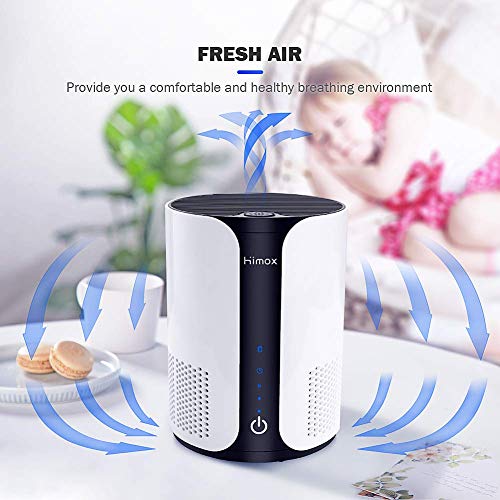Disclosure: This post may contain affiliate links, meaning we get a commission if you decide to make a purchase through our links, at no cost to you. Please read our disclosure for more info.
American Academy of Otolaryngology
Make Smart Choices
give up smokingProtection Agency website notes that children
Get An Air Purifier
Features to Look For
ionizer filterClean Air Delivery Rate (CADR)considering purchasing


